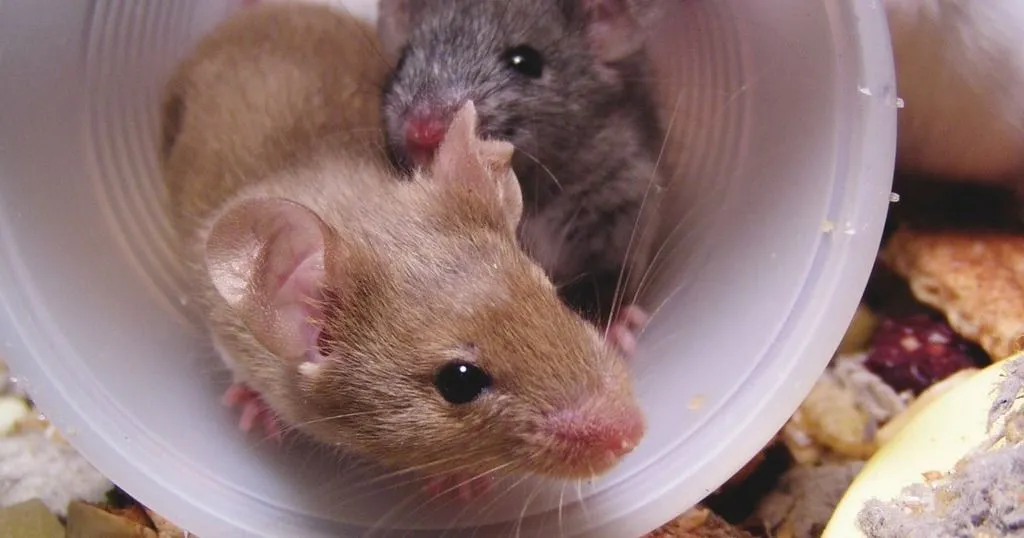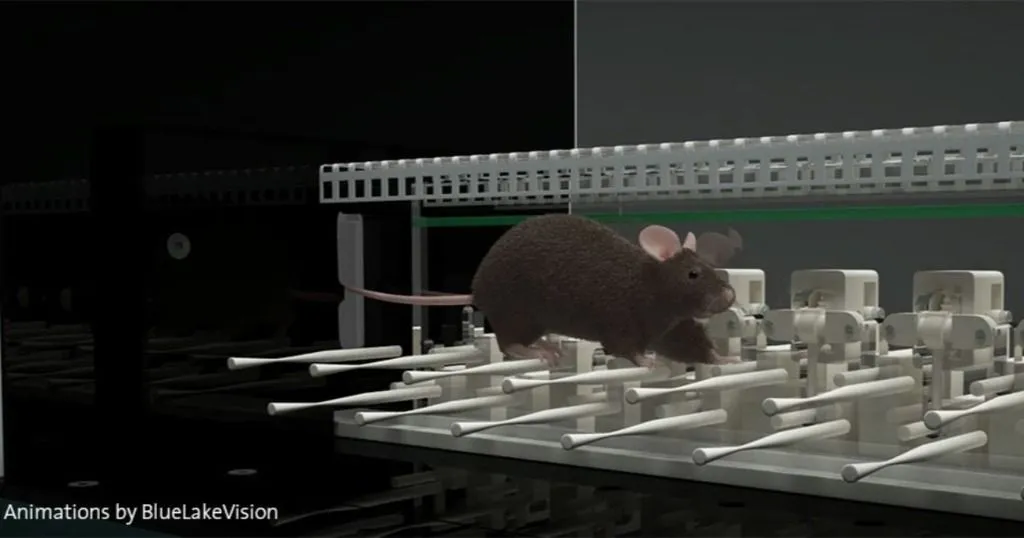Are there objective tests for predicting autism severity?
Some disorders cannot simply be diagnosed with a blood test or tissue-culture. Autism Spectrum Disorder (ASD) is a good example; its diagnosis relies upon behavioral tests and questionnaires.
Posted by
Published on
Thu 10 Apr. 2014
Topics
| Autism | EthoVision XT | Parent-child Interaction | Video Tracking | Developmental Disorder |

Some disorders cannot simply be diagnosed with a blood test or tissue-culture. Autism Spectrum Disorder (ASD) is a good example; its diagnosis relies upon behavioral tests and questionnaires. Both are inherently subjective – you can imagine that research, diagnosis, and treatment of autism would benefit from a more efficient and objective way to measure behavior and quantify the severity of autism.
Video tracking children with ASD
Ira Cohen and his colleagues have made some significant steps in this direction in recent years. We wrote about his research last year in this blog post, telling you about how video tracking data correlated with the severity of autism in children. This research was presented at the International Meeting for Autism Research (IMFAR) in 2013, and recently published in Molecular Autism.
Movement data correlates with autism severity
In his paper, Cohen describes their study of 36 children, of which 27 were diagnosed as being on the autism spectrum. These children were studied during a free play session, video tracking their movement with EthoVision XT software. Researchers were specifically interested in how much time the child spent near the parent or in the periphery of the room, and they indicated these areas as zones of interest in EthoVision XT to measure time spent in and latency to approach these areas. They also studied the relative angular velocity of the child’s movements. These data were compared with the results of several ASD rating scales.
Tracking data correlated with the severity of autism, as well as with problems with arousal regulation and irritability, indicating that this way of objective behavioral testing may serve as a useful and relatively culture-free tool for the assessment of ASD severity.
Read more about this research in our previous report on this study or in the paper.
Early identification
Cohen has been interested in the early identification of ASD for a long time. Being able to catch the signs early on is very important, because the sooner you know your child has autism, the more effective treatment (behavioral intervention) can be. In this recent paper in Autism Research, Cohen and his colleagues evaluated if signs of early brainstem dysfunction could predict the development of ASD in a longitudinal study of a cohort of NICU (neonatal intensive care unit) graduates. Such children are at greater risk for developing ASD.
Brainstem responses as indicators for autism
Typically, early recognition of ASD relies on behavioral signs, which are not apparent until the child is about 18 months old or even later. It would help if there were signs that could be picked up early on. Cohen was successful in identifying a predictor in this group of 74 at-risk children in this study. In short, abnormal brainstem responses shortly after birth were linked to repetitive and ritualistic behaviors later in life. (The auditory brainstem response is a typical hearing test performed in newborns; in this study, it was used as an indicator of functional integrity of neural conduction.) Second, visual preference was tested by showing the babies, when they were four months of age, checked patterns flashing at difference rates. A preference for higher stimulation rates at four months of age was linked to the severity of ASD , as well as to the diagnosis of ASD later in life, but only within the group that showed abnormal brainstem responses.
Future research
These are promising results in the quest for more objective tests and early diagnoses of disorders on the autism spectrum. Cohen is currently further investigating early predictors of ASD in children that are at risk for ASD. He tells us that he is now looking into how video tracking can help in the testing of these at-risk children. We look forward to the results!
Further reading
- Cohen, I.L.; Gardner, J.M.; Karmel, B.Z.; Kim, S.-Y. (2014). Rating scale measures are associated with Noldus EthoVision-XT video tracking of behaviors of children on the autism spectrum. Molecular Autism, 5(15), doi:10.1186/2040-2392-5-15.
- Cohen, I.L.; Gardner, J.M.; Karmel, B.Z.; Phan, H.T.T.; Kittler, P.; Rovito Gomez, T.; Gonzalez, M.G.; Lennon, E.M.; Parab, S.; Barone, A. (2013). Neonatal brainstem function and 4-month arousal-modulated attention are jointly associated with autism. Autism Research, 6, 11-22.
- Website of the Department of Psychology of the Institute for Basic Research in Developmental Disabilities, NY, USA
Related Posts

How males and females are different: can this explain autism?

Environmental enrichment rescues autistic-like behaviors in mice


